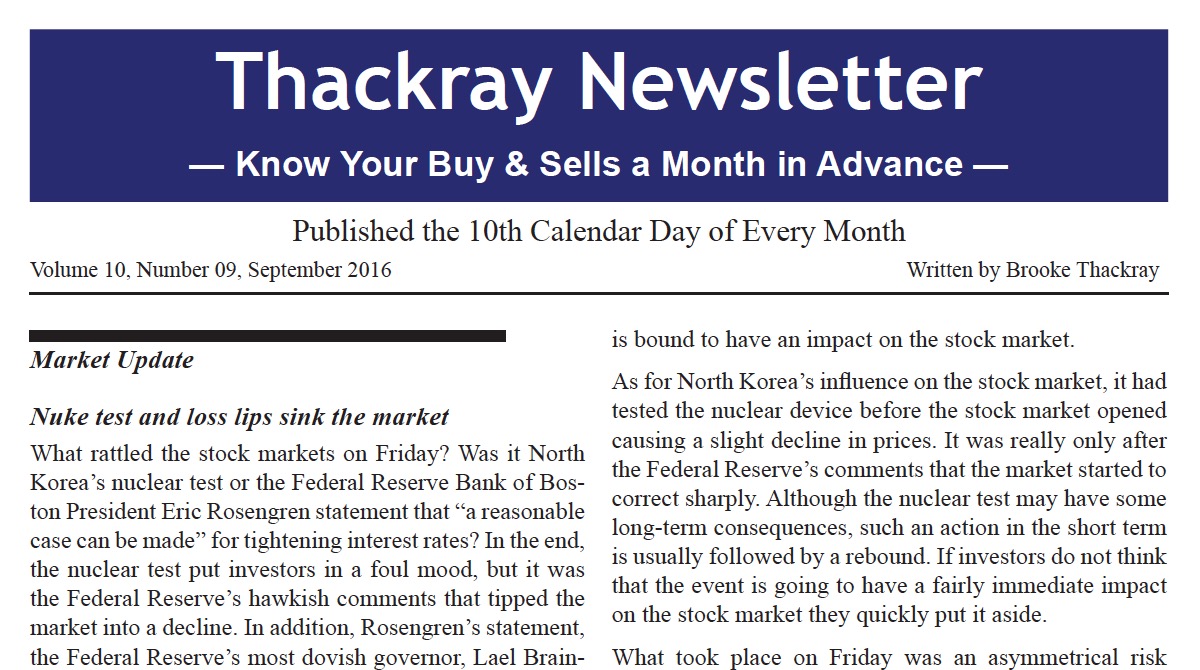by Doug Drabik, Fixed Income, Raymond James
It is natural to view situations and develop opinions through our own eyes sometimes concealing the details and realities of the big picture, but has the investment world become too bored, too programmed or perhaps too sensitive? Was last week a precursor to things to come or simple a market “time-out?”
On Friday, the Dow Jones Industrial market fell 360 points, the S&P 500 dropped 55 points, gold fell $10.27, oil dove $1.74 and the 10- and 30-year Treasury rates were up 8 and 10 basis points respectively, reflecting price drops on both. It is not often that all these markets move in accord. The catalyst for all of this appeared to be that two of the currently QE (quantitative easing) active central banks (Bank of Japan and European Central Bank) pronounced that their QE operations are under review and that there may be no need for extra stimulus.
The markets perform as if they are addicted to every word expressed by the central banks. Market direction and volatility seem affixed to each statement. The problem is the inconsistency of message delivered from the various central banks and our own Fed members. The Fed proclaimed themselves data-dependent from the start of the QE program but seem to soften on that assertion when they simply want to assert their ability to raise rates at their discretion.
Here’s what we know: GDP was lackluster in the 1st half of the year. The manufacturing index took a sharp decline, auto sales have slowed, the business index is down, forward-looking new orders are down, non-manufacturing export orders are down, jobs are mediocre and inflation hovers well below the initial 2% target trigger level. In addition, the U.S., the biggest and most liquid economy, continues to maintain the highest interest rates of all the major global economies. Fed action to push short-term rates could flatten the yield curve further, potentially impeding financial entities such as banks, with the ability to produce adequate margins or to be incentivized to generate loans.
Despite all the contradictions, the Fed is still signaling for a potential move sooner than later and the pause expressed by the European Central Bank and Bank of Japan may help their argument. The markets react instantly when it appears plausible that the central banks are about to turn off the stimulus they have been operating with. As I have commented many times on this medium, these markets have been very central bank driven. This may prove to be a very tricky moment as we await to see whether this is a “time-out” or a real direction change.
Copyright © Raymond James















